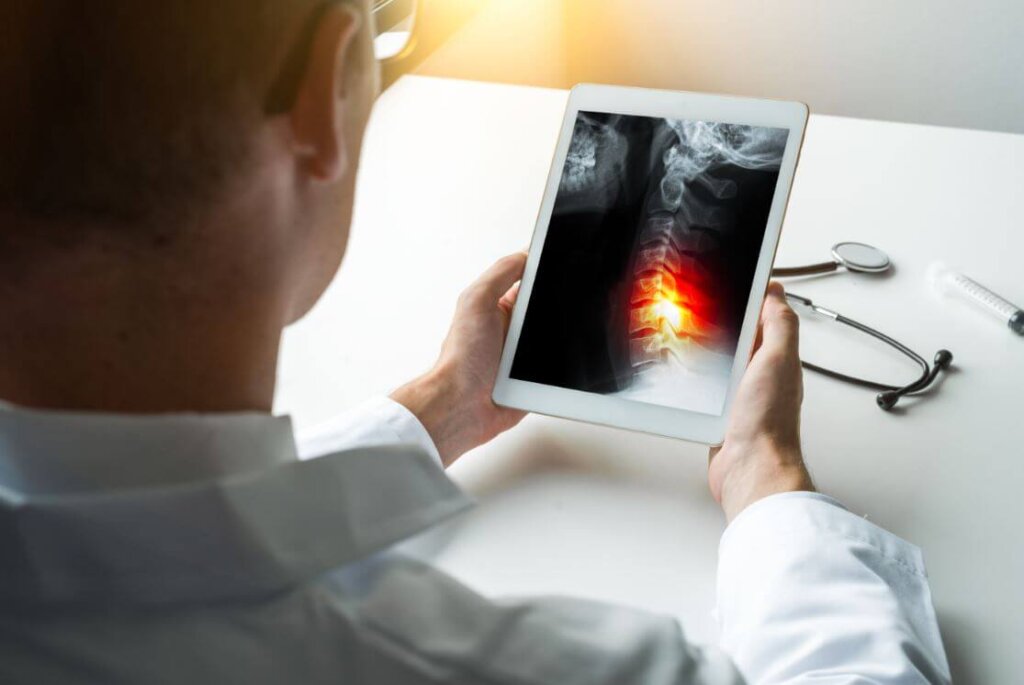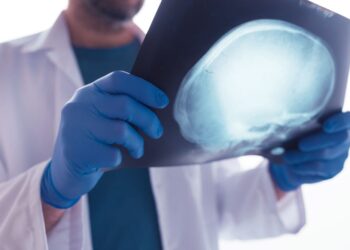For any doctor or attorney involved in personal-injury cases getting a solid whiplash case is always a blessing. The problem, however, is that injuries in a motor vehicle collision usually far exceed a simple cervical whiplash.
Statistics from the Arizona Department of Transportation for 2017 show that 44.5% of motor vehicle collisions in the state are rear end collisions. Three things stand out with this.
First, with almost 100% of those rear-end collisions there is also a front-end collision. (There are rearend to rear-end collisions.) While it is generally accepted, that a driver is responsible for what happens in front of them there are plenty of cases with a striking vehicle is not at fault.
Second, there is no ICD – 10 diagnosis code for whiplash. All too often medical doctors will go with the safe, generalized diagnosis of cervical strain. By definition, this is a muscular injury. The healing process for muscle strain, which has an abundant blood supply and the nutrients needed for repair, is a relatively short one. IME doctors will often revert to this diagnosis ignoring radiographic findings of more severe injuries so that they can claim the patient should have had their symptoms resolved within 6 to 8 weeks after the collision.
Chiropractors who are far better educated in neuro-musculo-skeletal issues will more commonly diagnose this as a cervical sprain. The difference is that sprain refers to ligament injuries and ligaments lacking an abundant blood supply, coupled with the nature of their structure tend not to heal quickly.
The weakness here is that even for those who have made the diagnosis of a sprain they rarely take the time to quantify the degree of that injury. Failure to do so allows insurance carriers to reduce that to the simplest level of sprain rather than a more complex injury.
Third, if cervical injury is the only injury considered, and this is often the case with emergency departments and medical doctors, then there are a multitude of injuries that are probably overlooked. Injuries that are not diagnosed also tend to be injuries that do not receive proper treatment. From the attorney’s perspective these are injuries for which you cannot claim damages or compensation
It is essential to diagnose all the injuries in a motor vehicle collision. Unfortunately, most doctors lack the training to understand the mechanism of injury and with that lack an understanding of which injuries to look for.
Doctors who have taken the certificate program with the American Academy of Motor Vehicle Injuries have learned about the mechanism of injury relative to each direction of impact. As such, they are in a better position to know what to look for. As I teach in diagnosis classes if you don’t know what to look for you will have a hard time finding it.
It is essential to understand that a patient who was rear-ended will suffer a different set of stressors and injuries than someone who rear-ended them. Likewise, when the force is introduced straight on from either side a different set of injuries needs to be considered.
Finally, when assessing spinal injuries understanding the additional forces introduced with any rotational motion can make all the difference in patient care and your ability to garner a just settlement.
Usually in an emergency department and with follow-ups by primary care physicians, the diagnosis will be limited to the patient’s chief complaint and will likely be the most generalized of the possible options. This mindset as we have already seen reduces the possibility of diagnosing all of the spinal injuries.
Of equal importance is understanding how an individual’s arms and legs and head and face can be traumatized in a motor vehicle collision. Here too, understanding the forces introduced at different directions allows a trained diagnostician to include in their care plan a wide assortment of injuries to the arms, shoulders, legs, hips, or head and face.
Bottom line, whiplash is a mechanism of injury not the injury. The whiplash associated injuries affecting and individual’s spinal column are important to be diagnosed for all their components. It is equally important to know that there are far more injuries that are commonly overlooked that need to be identified, tested, and managed.
This is not only important from the healthcare provider perspective as far as ensuring that the patient gets the care, they need but it is just as important from the legal side to ensure that they get the compensation they deserve. Bill Gallagher










